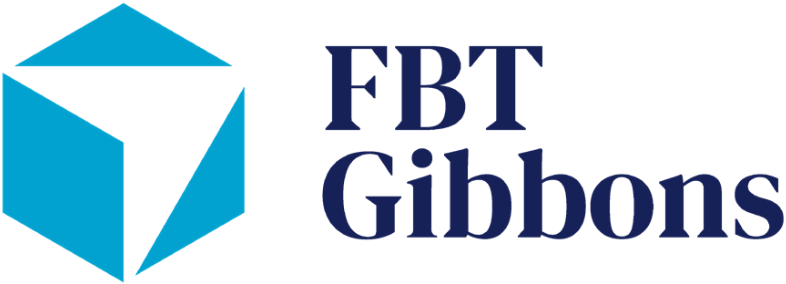The $900 billion stimulus package signed into law by President Trump on December 27, 2020 as the Economic Aid to Hard-Hit Small Businesses, Non-Profits, and Venues Act (the “Act”) includes much-needed help for local and regional broadcasters.
While the March 2020 stimulus included in the CARES Act excluded many radio and television stations, the new iteration significantly expands broadcaster eligibility for Paycheck Protection Program (PPP) loans.
The new Act modifies the March 2020 Cares Act to allow individual television and radio stations that broadcast pursuant to certain FCC licenses to apply for PPP loans so long they have 500 or fewer employees per location or are an Internal Revenue Code Section 511(a)(2)(B) nonprofit organization that is a public broadcasting entity. These business concerns will be eligible if they are owned or controlled by entities assigned a NAICS code beginning with 511110 or 5151 and they make a good faith certification that the loan will support the portion of the business that produces or distributes locally focused or emergency information. The new Act will also allow the Small Business Administration (SBA) to issue loans of up to $10 million total for multiple stations owned by a single station group. The Act specifically extends PPP loan eligibility to stations that are owned by public corporations even though public corporations are now generally ineligible for any new PPP loans after passage of the Act.
These changes significantly expand the scope of relief available to mid-sized regional broadcasters. The March 2020 CARES Act stimulus excluded many local outlets that were affiliated with larger business groups. Many in the broadcast industry criticized these limitations, arguing that eligibility should be determined by the characteristics of an individual station rather than its corporate parent or affiliates. The new measure aims to address such critiques.
Eligible television and radio stations may receive first time PPP loans up to two and a half times the business’ monthly average “payroll costs”, up to $10 million. “Payroll costs” include, but are not limited to, wages and similar compensation, group healthcare, group life, disability, vision and dental costs, retirement benefits, group and state and local payroll tax. Any broadcaster that received a prior PPP loan is eligible for a second PPP loan under the new program. However, the second round only applies to businesses with 300 or fewer employees that have sustained a 25 percent revenue loss in any quarter of 2020 compared to 2019. Any loan in this round is capped at $2 million.
If certain requirements are met, PPP loan debt is forgiven and the forgiven debt is not included in federal taxable income. The new Act also clarifies that expenses paid with forgiven PPP loan proceeds are deductible for federal tax purposes. Under the PPP loan program, to be forgiven, at least 60 percent of loan proceeds must be used towards “payroll costs” and the remainder may be used towards other qualifying costs, which have been expanded under the new law to add many back office expenses, essential supply expenses, PPE and other protective equipment expenses, and certain property damage expenses to the previously allowed expenses that included rent, mortgage payments, debt interest, and utilities. The expenses must be made over a period selected by the loan recipient that cannot be less than 8 weeks or exceed 24 weeks after the date the PPP loan is originated.
The new stimulus package requires the SBA to issue regulations on implementation by January 6, 2021. Once the regulations are implemented, the new PPP program will officially reopen and will run through March 31, 2021. The new Act sets aside $284 billion for both new and second-draw PPP loans. With the increased eligibility and the ability of current PPP borrowers to obtain additional funds through second PPP loans, this new appropriation may only be available for a short period of time and interested borrowers are advised to begin the application process quickly with a lending institution participating in the PPP.
Our attorneys are here to help borrowers determine their eligibility for PPP loans and answer other questions about the program. For more information, contact any attorney in Frost Brown Todd’s Financial Services Industry Team.
